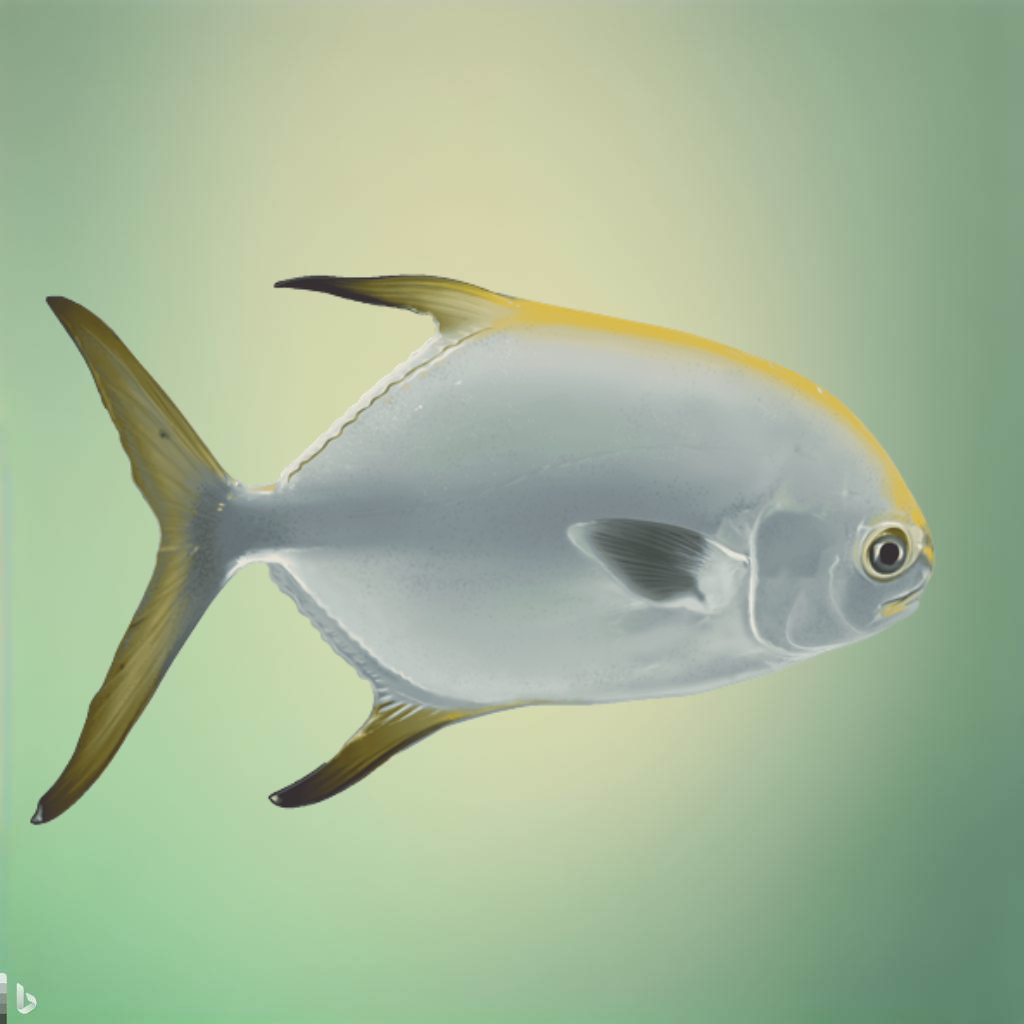Permit (fish)

The permit fish was first described by Carl Linnaeus, often referred to as the "father of taxonomy," in his renowned work Systema Naturae. In the 10th edition published in 1758, Linnaeus initially classified the permit as Labrus falcatus. However, subsequent revisions have placed this fascinating fish in the genus Trachinotus. It serves as the type species of the genus Trachinotus, a testament to its significance in the scientific community.
Etymology of the Permit Fish
The permit fish derives its genus name, Trachinotus, from a fusion of two Greek words: "trachys," meaning "rough," and "noton," meaning "back." This name aptly describes the fish's appearance, as it possesses a rough-textured dorsal fin that occasionally emerges from the water when schools of permit feed near the surface. The species name, falcatus, is a Latin adjective that translates to "armed with scythes," alluding to the distinctive shape of the permit's dorsal fin.
Anatomy and Morphology
Permit fish can be easily identified by their elongated dorsal fins and anal fin. The dorsal fin, resembling a scythe, lends a unique characteristic to this species. Additionally, permit tails exhibit a deep fork, while their bodies appear compressed laterally, giving them a tall and slender appearance when viewed head-on.
An average permit fish possesses six or seven dorsal spines and 18 to 21 soft rays. The anal fin typically contains two or three spines and 16 to 18 soft rays. Both the dorsal and anal fins feature dark anterior lobes. Notably, permit fish lack scutes and showcase a large, orange-yellow patch on their abdomens, just ahead of their anal fins. The pectoral fins, on the other hand, are dark in coloration.
According to the Florida Museum of Natural History, permit fish can reach a maximum length of 48 inches (122 cm) and weigh up to 79 pounds (36 kg), showcasing their impressive size and strength.
Distribution and Habitat
Permit fish primarily inhabit shallow, tropical waters, including mudflats, channels, and muddy bottoms. While they can be found near shorelines and even in certain brackish areas, their spawning activities occur offshore. Juvenile permit fish are commonly found in the surf zone, where they have access to a variety of small invertebrates for sustenance.
The western Atlantic Ocean serves as the natural habitat for permit fish, ranging from Massachusetts to Brazil and encompassing numerous Caribbean islands. These coastal regions offer ideal conditions for their survival and reproduction, contributing to their widespread presence in the area.
Fascinating Facts about the Permit Fish
- Permit fish are known for their elusive nature, presenting a challenge for anglers and making them a sought-after catch.
- They exhibit remarkable speed and agility, often engaging in energetic runs once hooked, thrilling anglers with their impressive fighting ability.
- The permit fish's diet primarily consists of crabs, shrimp, and smaller fish, showcasing its position as a predator within the marine ecosystem.
- Due to their prized status among sport fishermen, permit fish have become the subject of dedicated fishing tournaments and conservation efforts.


